Results
-
 £59.40
£59.40Miss Liberty - Swearingen, James
One of the most famous of all of Karl L. King's easier marches, this new setting by James Swearingen leaves out nothing from the original but provides for modern instrumentation, accurate articulations, dynamics and a full score. An exceptional march that's very playable, it's an effective choice for any festival or concert performance! Can't be beat!
Estimated dispatch 7-14 working days
-
 £67.32
£67.32Raise Your Joys And Triumphs High - Swearingen, James
This beautiful setting of one of the most popular hymns ever written, "Christ The Lord is Risen Today," was respectfully commissioned by the Ohio chapter of Phi Beta Mu in memory of James Morgan. Its musical impact is undeniably both breathtaking and stunning beyond all descriptive words. The emotional conclusion of this work allows for the audience to sing the hymn while an antiphonal brass section soars high above with emotional reverence. Both of these creative ideas are purely optional, but they should be definitely thought of as highly effective when applied. Inspiring!
Estimated dispatch 7-14 working days
-
£109.99
Soldaat van Oranje - de musical (Concert Band - Score and Parts)
Soldaat van Oranje (Soldier of Orange) is the most successful musical ever put on stage in the Netherlands. Since its premiere in October 2010, which was attended by the Dutch Royal Family, this theatre production has remained an enormous success. War and love have always been closely connected - and the beautiful songs around these themes make this excellent musical an unforgettable project. 0:08:50
Estimated dispatch 7-14 working days
-
£89.99
Souvenir Wind Band Set (Score & Parts)
In 1906 Bohemian violinist and composer Frantisek Drdla (1868-1944) composed the delightfully charming piece entitled Souvenir. This piece for violin and piano is one of the most popular compositions by Drdla. Wil van der Beek has produced this arrangement for Flute and Concert Band which remains faithful to the original version. The texture of the work allows the soloist to show off both their technical and musical talents and its charm makes it an ideal encore item at any concert.
Estimated dispatch 7-14 working days
-
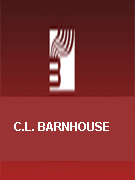 £49.50
£49.50Step By Step (Concert Band - Score and Parts)
An impressive overture by one of the most popular composers of music for young bands. Perfect as a concert or contest piece, it's fresh melodies and tasy scoring makes this a 'can't miss' anytime it is performed.
Estimated dispatch 7-14 working days
-
 £57.42
£57.42Symphonic Scenario - Cacavas, John
Probably the most ambitious piece ever composed by Cacavas during his long and distinguished career. Contemporary in nature, the dynamic opening theme progresses to an impres sionistic middle section and a dazzling finish. It's a dramatic showcase for contest and program performance!
Estimated dispatch 7-14 working days
-
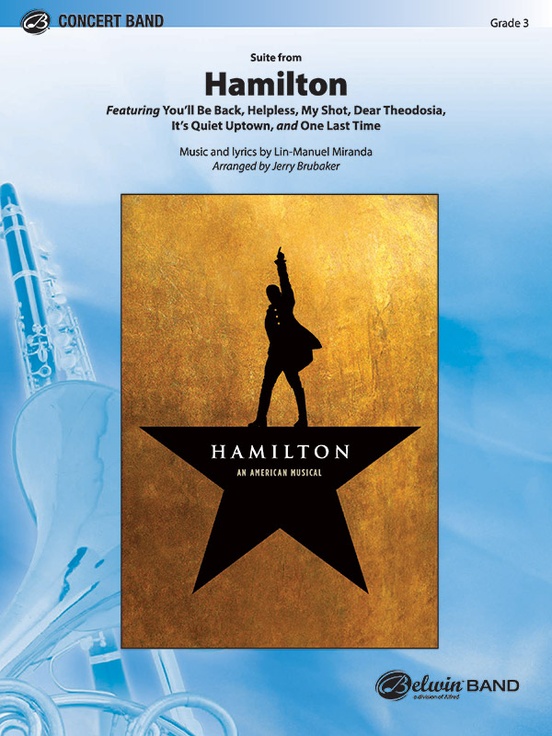 £76.95
£76.95, Suite from
is a musical about the life of American Founding Father Alexander Hamilton, with music, lyrics, and book by Lin-Manuel Miranda and others. In 2016, it was nominated for a record-setting 16 Tony Awards, winning 11 (including Best Musical), and was also the recipient of the 2016 GRAMMY Award for Best Musical Theater Album and the 2016 Pulitzer Prize for Drama. Jerry Brubaker has chosen six of the most musical selections from the Broadway show to use in this arrangement, including "You'll Be Back," "Helpless," "My Shot," "Dear Theodosia," "It's Quiet Uptown," and "One Last Time." Experience the beauty and excitement of this amazing musical! (6:00)
Estimated dispatch 3-5 working days
-
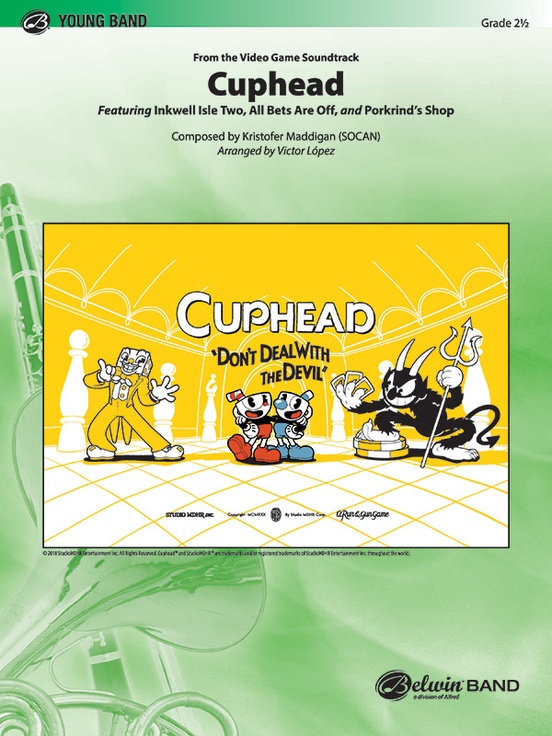 £64.95
£64.95Cuphead - Kristofer Maddigan / arr. Victor López
A 1930s retro-style animation soundtrack that pays homage to ragtime jazz music and the early days of animated cartoons. One of the most popular action-packed video games today, it's fun to play and certainly will excite your students and audience. (3:15)
Estimated dispatch 3-5 working days
-
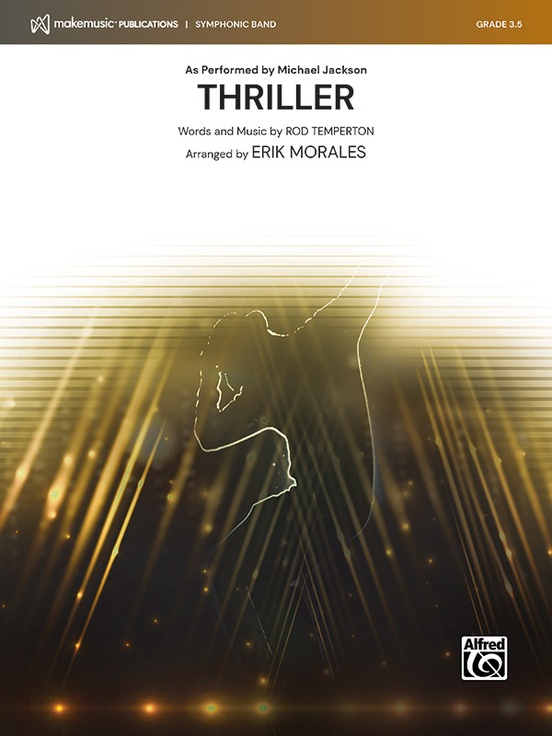 £82.95
£82.95Thriller
Don't miss out on this perfect showstopper for your fall concert or any time of year! Michael Jackson's remains one of the most popular hits of all time, and this iconic band arrangement by Erik Morales captures the smash hit in all its glory. In addition to drum set, optional narration, electric bass, and synth keyboard bring the music to life. Flash mobs are encouraged! (3:20)
Estimated dispatch 3-5 working days
-
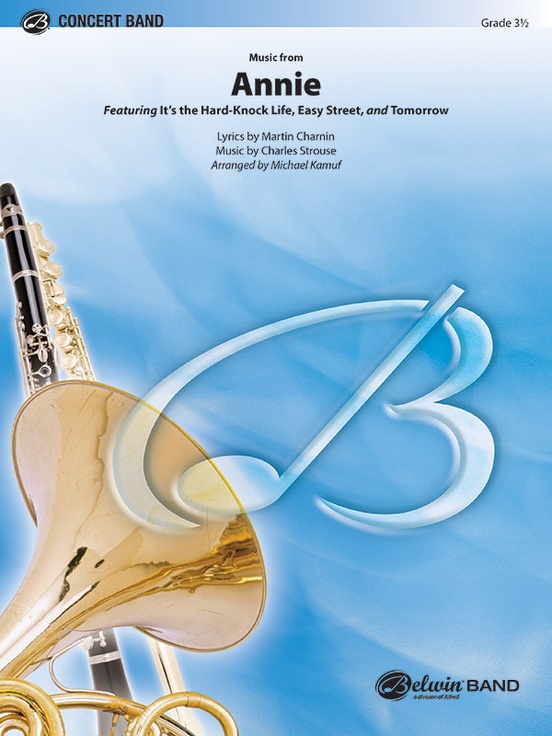 £77.50
£77.50Annie
Bring the music from one of the greatest musicals of all time, , to your concert hall. This exciting arrangement by Michael Kamuf includes three of the show's most iconic songs, "It's the Hard-Knock Life," "Easy Street," and "Tomorrow," and makes the perfect closing selection for your next concert! (5:30)
Estimated dispatch 3-5 working days
